1902 Gardner-Serpollet Œuf de Pâques (Easter Egg)
- Story Cars
.png/v1/fill/w_320,h_320/file.jpg)
- Mar 20, 2024
- 1 min read
The 1902 Gardner-Serpollet Œuf de Pâques, or "Easter Egg," represents a remarkable achievement in the history of steam-powered automobiles and land speed records. Léon Serpollet, along with his brother Henri, played a crucial role in the development of flash steam boilers and steam automobiles, revolutionizing the practicality of steam power for vehicles.
The innovation of the oil-fired flash boiler, patented by Léon Serpollet in 1896, significantly improved the efficiency and performance of steam-powered vehicles. This advancement allowed for the creation of the Gardner-Serpollet Œuf de Pâques, which featured a powerful four-cylinder enclosed engine with poppet valves and an enclosed crankcase, resembling contemporary petrol engine designs.
Despite the inherent limitations of steam cars, such as the need for regular water collection and the time required to build up steam pressure, the Serpollet vehicles proved to be highly competitive against internal combustion engines of the era.
In 1902, during the Nice Speed Meeting, Léon Serpollet achieved a remarkable feat with the Œuf de Pâques by setting a new world speed record for steam-powered cars. He recorded the fastest time on the flying kilometer, reaching a speed of 120.805 kilometers per hour (75 mph) on the Promenade des Anglais in Nice, France, on April 13, 1902. This historic achievement established Léon Serpollet as the first driver of a non-electrically powered car to hold the Land Speed Record, showcasing the remarkable performance capabilities of steam-powered vehicles at the time.
The Gardner-Serpollet Œuf de Pâques remains an iconic symbol of innovation and engineering prowess in the early days of automotive history, demonstrating the potential of steam power in pushing the boundaries of speed and performance.




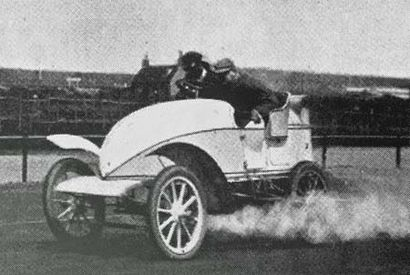


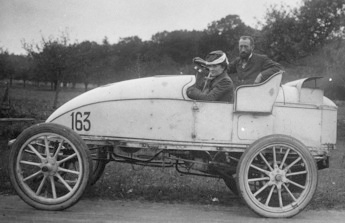
































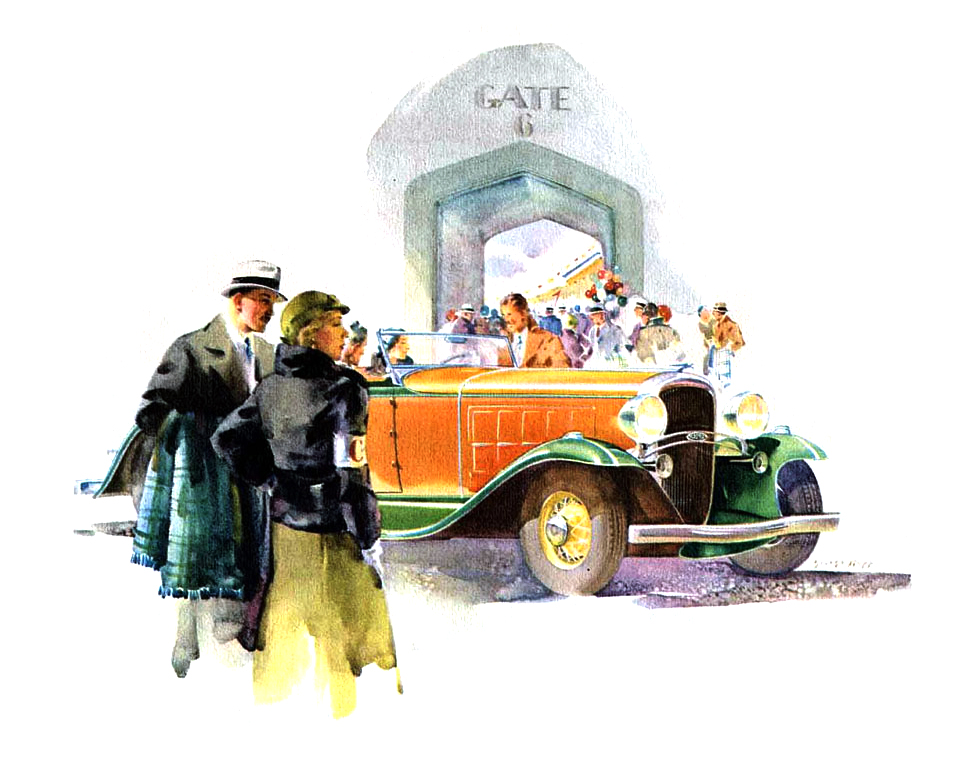
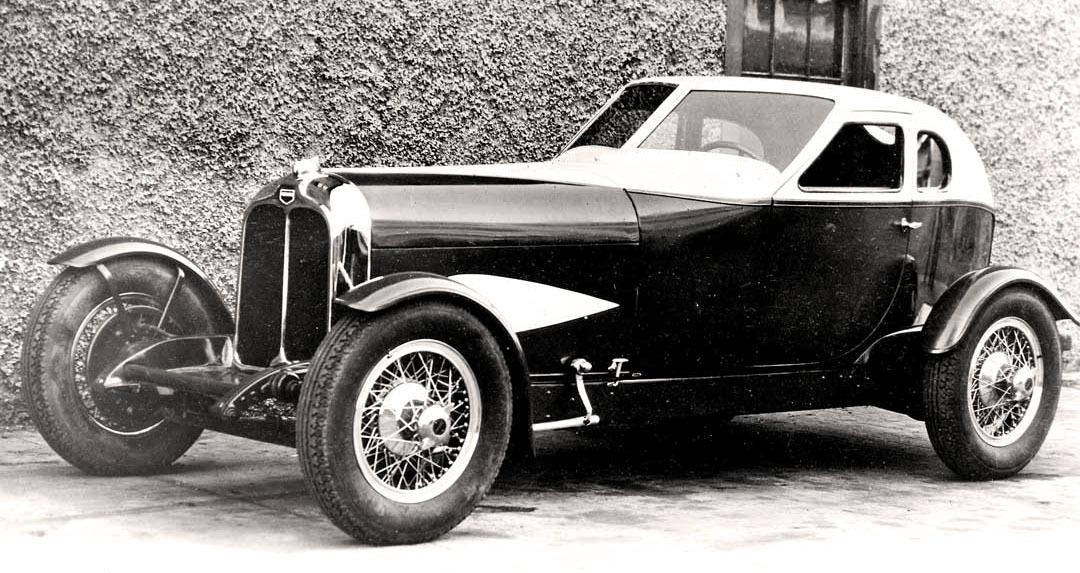
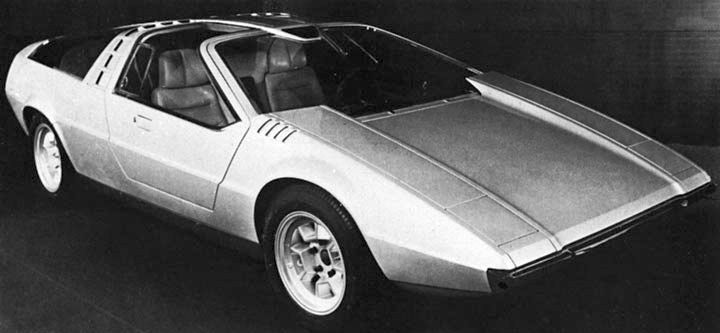






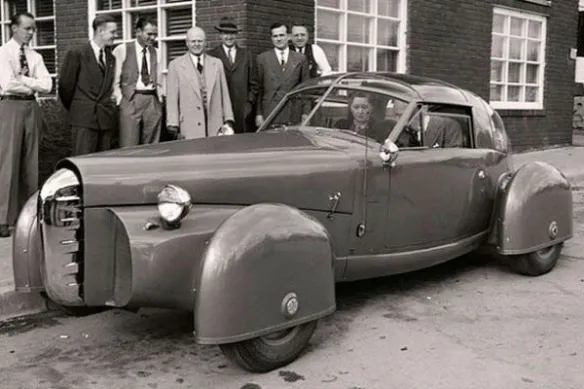



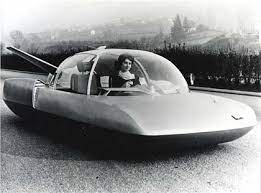


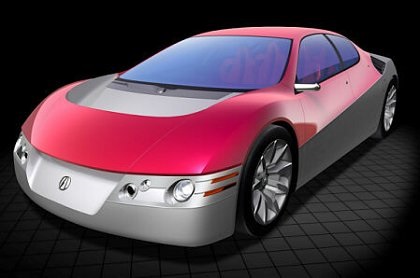

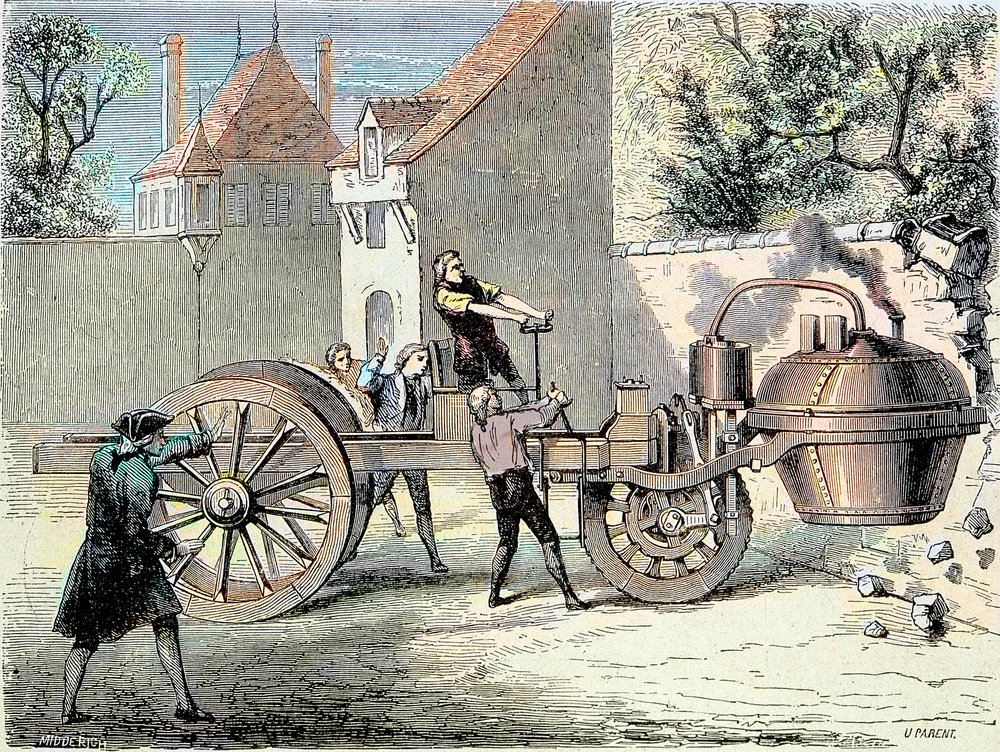


Comments